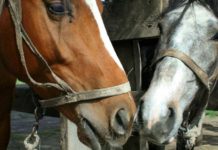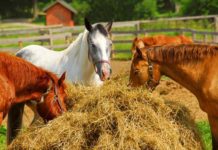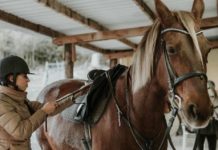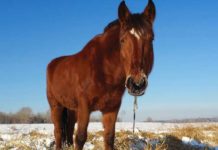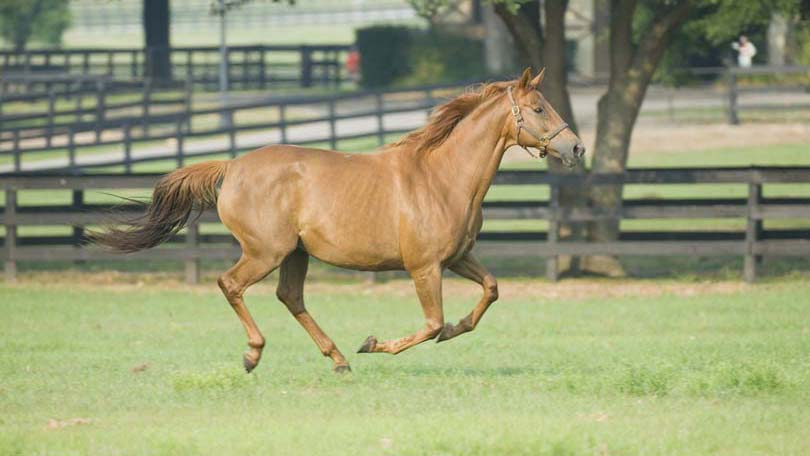
One of the basic elements of care that your horse will need is hoof care. Regular trimming of the hooves is mandatory, and regular shoeing work will probably also be necessary. Shoes provide a variety of functions for the animal. The reasons behind a shod horse include: basic comfort, corrective shoeing, and enhancing movement.
Basic shoeing of a horse includes trimming the hoof itself. Most breeds cannot perform soundly with sole pressure, so the hoof wall is what actually touches the ground upon impact. The sole and frog and trimmed away, with length of the hoof depending on the needs of the animal. All horses will shed their frogs naturally, but often the farrier can aid in this process. A shoe is then fitted to the animal. Shoes come in a variety of pre-made sizes, weights, and thicknesses. Common shoes that most breeds can wear comfortably are:
Keg shoes or plates. These are basic shoes that provide protection of the hoof from bruising.
Aluminum shoes. Aluminum shoes are very light weight, and are common in racehorses, or those that need no movement enhancement. The can come in a variety of different types, with wedged shoes and plates being most common. Wedged shoes aid degrees to the angles of the heel.
Toe Weights. These shoes are specially made for the gaited breeds (meaning three and five gaited). These include Saddlebreds, Arabians, Morgans, Hackneys, Tennessee Walkers, Friesians, and Dutch Harness Horses. The shoes are thinker, heavier, and have added weight at the toe. They enhance the action and balance of a trotting horse.
Skid Plates. These are shoes especially made for the working western horse. They aid in the ability of the animal to perform quick turnarounds and sliding stops. They are wider and smoother than most shoes.
The type of shoe your horse will wear will ultimately depend on his specific needs. An educated blacksmith should know which type would best suit your animal.
Shoes are not the only apparel that a horse’s hoof can don. Pads are another important part of shoeing a horse. Pads are usually made of either leather or a synthetic material. They are placed between the hoof and the pad in order to obtain the desired objective. Pads can be cut in a wedge shape to add degrees in the angle of the hoof. Changing a horses hoof angles, as well as the length of the hoof itself will change the way a horse moves. For example, it is generally true that a higher degree will shorten the horse’s stride. Flat pads can also be used. Pads can add length to the overall hoof, including the shoe, as well as provide cushion and support for some horses. Shoes with pads are often referred to as packages. The package that your horse will utilize best often depends on a trial and error basis. A horse will need at least one week with a specific package to determine it’s true result.
Shoes can be very beneficial in aiding the horse with certain lameness conditions. Tendon pressure can be relived by added wedge pads or wedged shoes. Shoes that are complete circles, or in the shape of a heart, give additional support to the heal. These types of shoes are especially common in horses that have had issues with laminitis. It is best to consult with your farrier and your veterinarian to see what type of therapeutic shoeing your horse needs.

